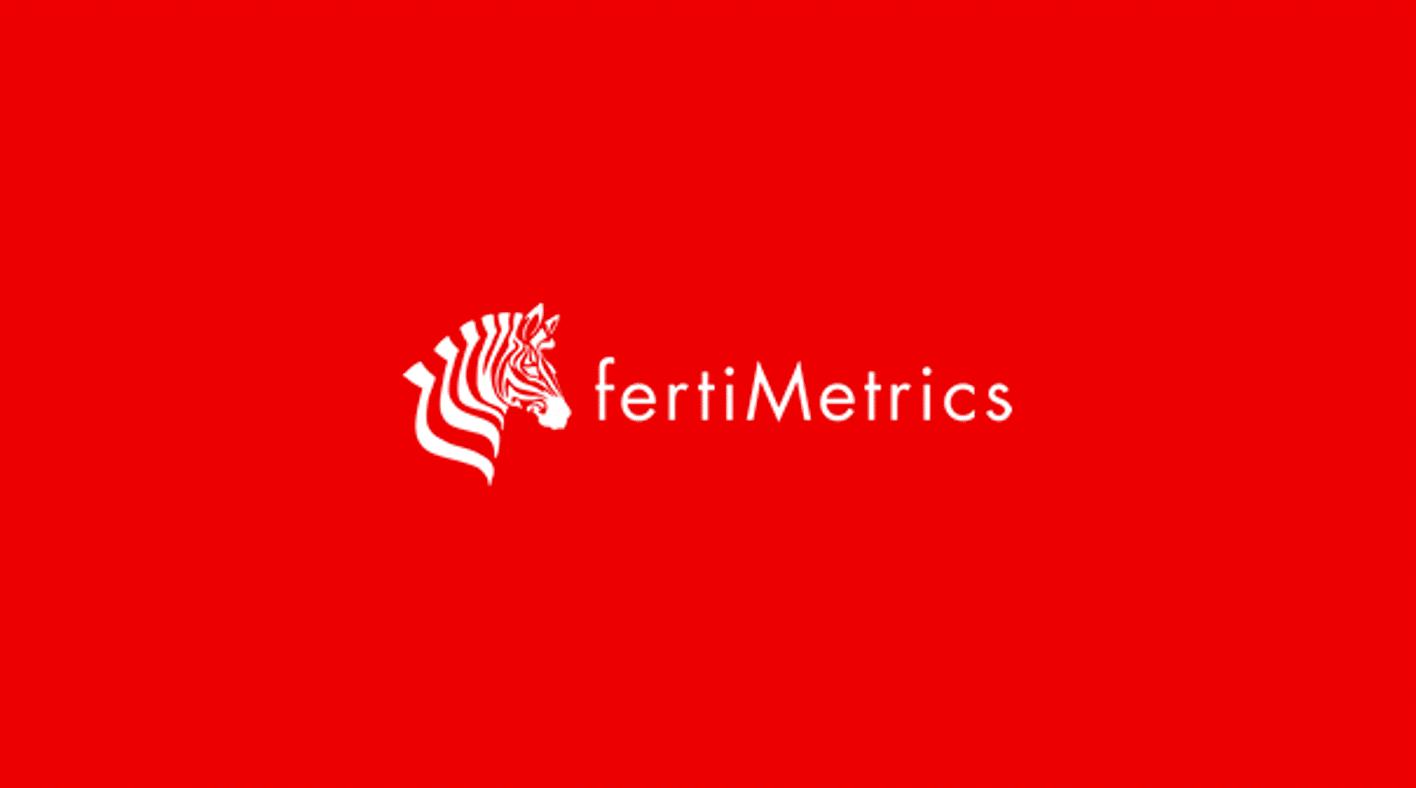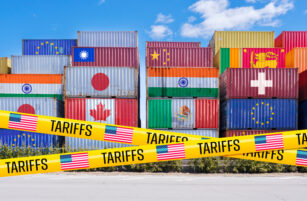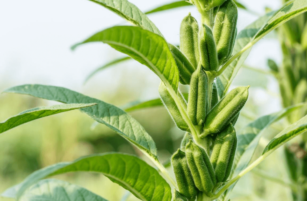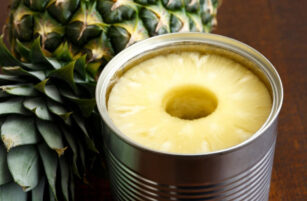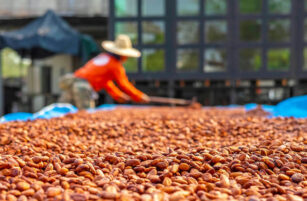Insight Focus
- Urea prices this week took an upward turn in the Middle East and more demand is expected.
- Processed phosphate prices are being boosted by tight supply in China’s absence.
- The market is more bearish for potash and ammonia producers.
Urea Demand Season Imminent
There is an underlying positive vibe in the international urea market with Egyptian producers taking centre stage. Egypt started the week at USD 380/tonne FOB and ended at USD 400/tonne FOB, with most of sales serving as cover for short trader positions in Egypt.
Iranian volumes are reduced due to gas issues so prices of urea in Iran have increased to USD 320/tonne FOB – up from around USD 280/tonne FOB a few weeks ago.
Middle Eastern urea producers are now bullish on prices and sales have been made closer to USD 360/tonne FOB. Now, paper values for March are at USD 375/tonne FOB. It is expected that Middle East FOB values could go as high as USD 400/tonne FOB with the US and Europe – notably Italy and France – Thailand and Australia coming into season with a major buying period between April and September.

The supply situation in Asia is dire with China not expected to come into the export market until after the Lunar New Year celebrations are over in the third week of February – or even later. China exported 4.25 million tonnes of urea in 2023 – up 50% year on year. Chinese ammonium sulphate exports reached a record high 13.8 million tonnes in 2023 – up 12% year on year.
Production issues in Malaysia are reducing availability for export. The Gurun unit will go down for maintenance on February 1 for up to 60 days and another plant is down for an unscheduled technical issue.
Indonesia is holding back on exports in lieu of the election, which will take place on February 14. BFI of Brunei is the only plant in Asia with consistent export volumes and a sale reported in the market that has not been confirmed by BFI. The reported sale took place at USD 378/tonne FOB with the cargo expected to go to Australia. Freight to three East Coast Australia ports is now as high as mid-USD30/tonne, up from around USD 25/tonne last week.
Brazil is at the tail end of its Safrinha urea demand, although around 100,000 tonnes has been reported brought in at prices around the USD 360/tonne CFR level.
There are no reports of another India tender. Production rates in India are increasing each month, creating an inventory stockpile, and there is lower than expected domestic demand.
Processed Phosphate
Player in the processed phosphate market have two things on their mind: Indian imports and China’s return to the export market. This week, India is reported to have bought around 150,000 tonnes primarily from OCP Morocco at the prevailing import price of USD 595/tonne CFR. Eyes are on the Indian government with the expectation of increased subsidies since importers in India are now said to be losing around USD 100/tonne.

Tight supply is the order of the day. China is still absent from the export market due to government restrictions, which are projected to last into March or April. The outlook for processed phosphate prices is all subject to exports from China. It is expected that processed phosphate prices – which currently are overvalued on a per nutrient basis versus other fertilizers – will come down once China enters the market. Exports of MAP/DAP from China in 2023 were reported at 7.08 million tonnes, up 3% year on year.
MAP prices in Brazil are stable and have remained at an assessed price of USD 513/tonne CFR for the past 10 weeks. Low soybean prices and low yields have been attributed to low demand. On a combined basis, soybean, corn and wheat prices have dropped 6.9% since last week and there has been a drop of 50% since the peak of 2022.

Potash
The international potash market is plagued with low demand and oversupply, putting pressure on prices.

Low demand in Brazil has put the price of granular potash below spot prices in both India and China. Prices in Southeast Asia are also under pressure from the strengthening US Dollar.
The Red Sea shipping issues are adding uncertainty, particularly with products from both Israel and Jordan. The outlook for potash prices is bearish.
Ammonia
The February price settlement between Yara and Mosaic saw the ammonia contract price drop USD 80/tonne to a new low of USD 445/tonne CFR Tampa. Some market participants had expected to see even lower levels on the back of supply/demand dynamics.
Spot prices across the board took a beating this week with the Middle East range dropping to USD 300-330/tonne FOB versus USD 350-370/tonne FOB last week. Far East CFR spot levels dropped to USD 320-340/tonne versus USD 350-370/tonne. FOB spot levels in Southeast Asia dropped to USD 280-310/tonne versus 300-330/tonne.

The outlook for the ammonia price is bearish with suppliers fulfilling contract deliveries rather than risking a bearish spot market.
